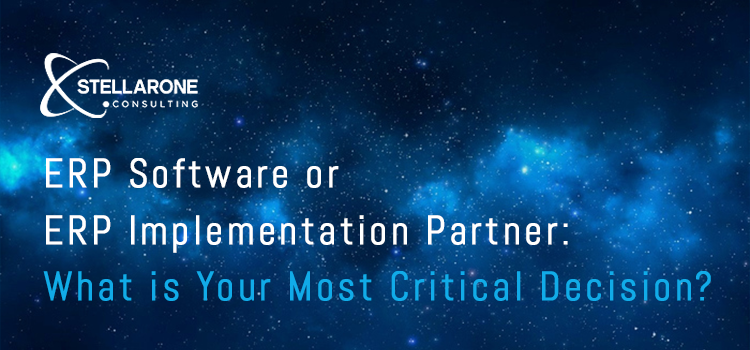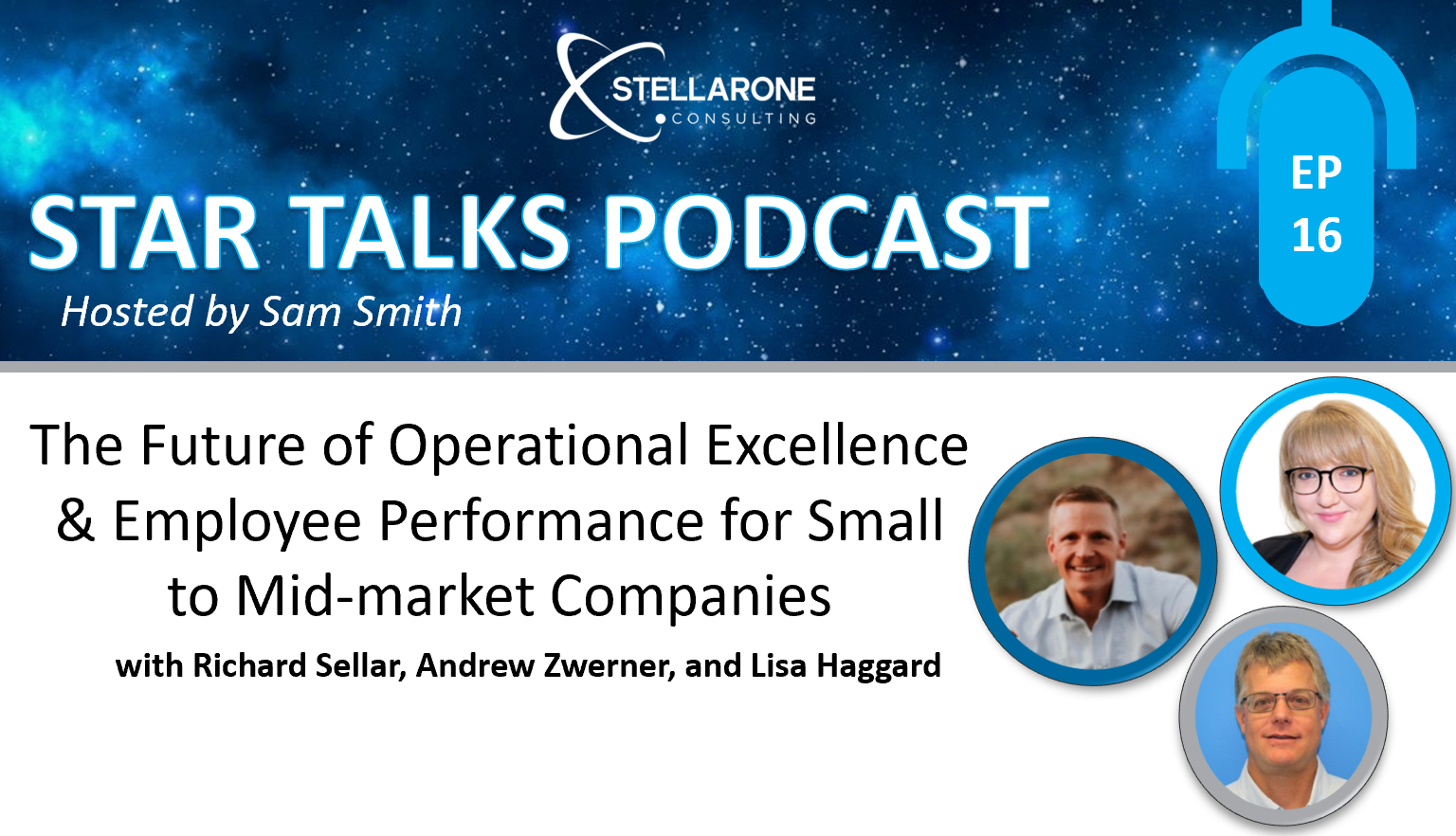Modern ERP systems are vastly superior to those of a decade ago and can revolutionize the way your business performs – if implemented correctly. That said, changing your ERP system comes with risks that you should address before making a change.
Most Risk Arises from Poor Preparation
A modern ERP system like SAP Business One offers significant benefits and a competitive advantage by automating your most critical processes, unifying data across your departments and functions, and streamlining operations. Those things are great, of course, but they also mean that your new system is running your business, so poor implementation puts your operations at risk.
There are four major risks to prepare for when considering an ERP change.
Risk #1: You Slow the Business
When your new ERP system goes live, you’ll incur some operational disruption – after all, you’re changing the underpinning of your entire way of working. The real risk is continuously interrupting operations as you approach ‘go live day’ and face the wrath of angry customers. Avoid this scenario by having a comprehensive implementation plan laid out ahead of time and notifying staff early and often regarding planned system disruptions.
Risk #2: No One Uses the New System
Some businesses implement a new ERP system only to find a year later that their staff is still using spreadsheets and one-off, department-specific workarounds. Usually, this happens when employees feel as if they didn’t have a say in how the system should operate. To avoid this, get user buy-in before going live on your new system. Then, assign an ERP implementation project team involving all departments and repeatedly communicate the vision for the new system.
Risk #3: Lack of Training Drains Time and Resources
Some businesses fail to account for the importance of practicing with the system before going live. When this happens, the only way to ensure user uptake is to revisit training in terms of both time and budget; you can avoid this situation entirely by including both technical and non-technical users on your system early and often during the implementation process.
Risk #4: You Lose Track of Valuable Data
Your ERP system will only be as good as the data you put into it. Often, businesses forget to transfer some of their data into the new system, potentially losing years’ worth of valuable information. Also, by failing to track their data, they may inadvertently expose it to the wrong people, leading to theft or other damage. Minimize data-related discrepancies and losses by noting all the places your data exists and all the current processes that use the data.
You can prepare for and prevent these risks by assigning an experienced implementation team and choosing a leader who excels at organizational change management.
Modern ERP is Worth the Risk
Although we focus on the risk of changing ERP systems in this post, we’d be remiss if we failed to highlight the dramatic benefits a system change offers. Modern ERP like SAP Business One delivers streamlined operations, intuitive workflows, and industry-specific functionality that you can’t get from older, less comprehensive systems. Your people will work faster and with more knowledge than ever, as all your major functions will be connected via a unified set of data and processes.
By planning properly and avoiding the common risks of an ERP system change, you can make your business faster and more efficient while creating a sustained competitive advantage.
The professionals at Stellar One have helped many small and midsized businesses prepare for ERP success via system modernization. To find out how we can help your company modernize ERP, contact us today.






